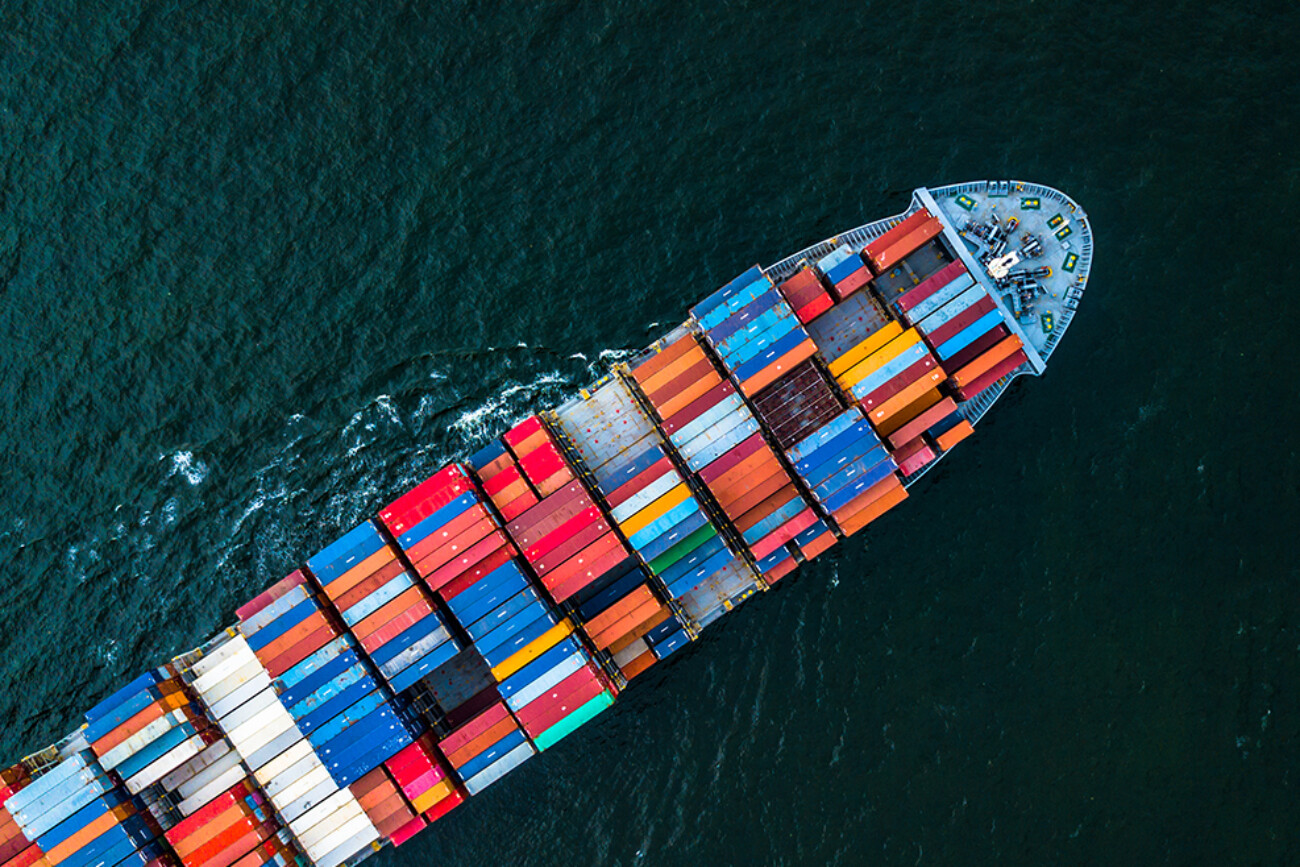Global Macro
It is said that the road to hell is paved with positive carry, and so it is as the dollar soars to new heights, causing mayhem on foreign corporation balance sheets. One can but marvel at how the Dollar is still so highly regarded despite its fiscal prolificacy and yet here we are, the best loser of sorts. Inflation has apparently not peaked yet and consensus is that it will come down a tad following the demand destruction of oil from a pending recession. Already softs have lost some of their froth; we will soon find out if this is a temporary phenomenon. The Fed is trying to relay the message that another 175bps should be enough by year end because their view is that by then inflation will have turned a corner. The bond market simply does not agree. The inversion around five years tells a different tale and the reluctance of 10s to pass 3% convincingly speaks of consensus there being the Fed will be done tightening by October. The Eurodollar 2-year spreads confirm this.
A summer of confusion will ensue no doubt where we pore over every detail of every number. Will the labor force contract, will stocks bounce, will the Fed relent? The only question worth pondering is when will the Dollar relent because it will. In the meantime, our exporting borrowers will luxuriate in the warm glow of their individual balance of trade surpluses and sprightly commodity prices. In periods of this kind of policy confusion and outright mis pricing, why would anyone park capital outside of senior secured short term fixed income? Quad erat demonstratum anyone?
The only question worth pondering is
when will the Dollar relent
because it will.
Agricultural Commodities
The focus on getting grains out of Ukraine has turned to a nearly ridiculous endeavor. If the idea is to relieve food supply, there is only little relief that will come from Ukraine’s existing stocks, much of which may not be the same quality as it was months ago. The issue is within the system itself, in that the globe is too reliant on the natural resources coming from this area. The solution is not to clear up trade routes and begin planting and harvesting an enormous number of grains from Ukraine. For one, the 2022/23 season will be lost for a significant amount of land in the country. More importantly, continuing to rely on Ukraine for the supply of certain agricultural commodities will only keep these resources within proximity of Russia, only adding to its power.
Economically speaking, and strictly theoretical, multilateralist trade is likely the most efficient manner of distributing goods across the globe. But ahead of economic efficiency comes political barriers. Up until recently a global system of world trade operated relatively well but based upon friendly relations between nations. Without the willingness to engage with one another, it is impossible to extend trading systems to their most economically efficient state. With a rift now created between West and East, broadly speaking, there are now substantial inefficiencies that did not exist only a few years ago. There are solutions though, the quickest being the re-establishment of the global world trading order, but this option is limited by political barriers. On the other end of the spectrum is that each faction build trading systems that do not rely on one another, a long process of unlocking capital expenditure spending and inefficient use of natural resources. This option would take years, if not decades, to be efficient; moreover, it would only deepen rifts on the political frontier. Lastly, we believe a third option exists and is currently at work today: neutral intermediaries facilitating the trade of goods that would’ve traded directly in the past. This is the quickest fix, and requires no outwards political response, as politicians can quietly allow these trades to pass through loopholes in their sanctions. The economic loss here is a market with less transparency where otherwise unnecessary intermediaries remove value from the system (i.e. add costs) by solving for political frictions.
…the proof is in the pudding, wheat prices are back to pre-war levels,
and this would simply be impossible if the grains from Ukraine
and Russia weren’t part of the global trading system.
We’ve spoken about the increase in protectionist policies employed by several nations, and the trend for these policies to continue as commodity shortages lead to political pressures. We have not discussed the knock-on inefficiencies of these policies. While closing your export markets to keep goods at home may seem good for supply, and perhaps it keeps some jobs that would otherwise not exist, it is a limiter to progress and efficiency. Moreover, the reduction of imports leads to a loss of exports, and ultimately the loss of comparative advantage. That is efficiency differences between different nations specializing in the production of particular goods. These efficiencies can only be shared through multilateral trade. Without them there are added costs, borne by the public, through higher prices. Not an ideal situation when inflation is raging.
In the end, the proof is in the pudding, wheat, corn and soy prices have all come down substantially from their highs. This is most profound in the case of wheat, where prices are now at pre-war levels, and steadily moving downwards since mid-May. Headlines often quote that Russia and Ukraine make up a third of the world’s wheat supply, in that they mean a third of exports, in terms of production this figure is closer to 10%. Both numbers are significant, and the impact of this supply loss would have dramatic affects on price, which is what we saw in the immediate aftermath of Russia’s invasion. Of course, we also noted at that time that its unlikely that all this supply would disappear. Today, like we said, the proof is in the pudding, wheat prices are back to pre-war levels, and this would simply be impossible if the grains from Ukraine and Russia weren’t part of the global trading system.
Nord45Partners ©2022


